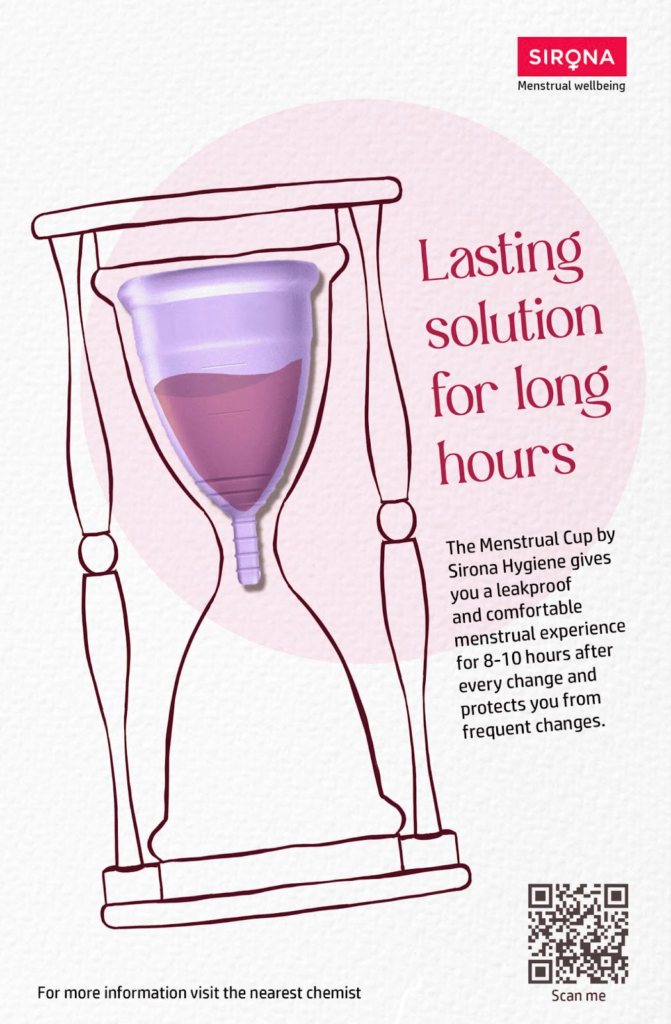Out-of-home advertising (OOH) — also known as outdoor media — is the marketing you see…
Ad Censorship: Pros, Cons, & Creative Prose
From cannabis to breasts and vag— er, private parts —online ad policies are putting a strain on advertisers’ word-spreading prowess. Calling for a careful tiptoe around pertinent pictures and descriptors, successfully advertising on the web for what are often *critical* products and services has become an art, science, and serious pain in the peach. Thus, it takes a supremely creative agency to be seen by and clear with consumers.
To paraphrase the ACLU, censorship is the imposition of personal values upon words, images, and ideas. While one can certainly argue that nudity, psychoactive plants, and sex-related phrases are circumstantially offensive, ad takeaways are context-specific. Case in point, Brock Ollie knows what’s up with cannabis consumption and wants to make it safe!
The pros? Promoting porn and illicit drug consumption is next to impossible— but this comes at a cost. Meta Platforms, Inc. recently sculpted its ad policies into a more inclusive shape with femcare at the forefront, so progress is on the meter. Sadly, the same cannot currently be said across all industries or online advertising platforms.
Anecdotal struggles with ad censorship are surfacing on high-traffic news sites, swaying public opinion over time. Will the coin flip on ad platforms one day soon? Once ample pressure mounts, we can expect to see them conform to the demands of advertisers and not the other way around. In the meantime, since a fair shot at transparency with a target audience is still a commodity, ad agencies are flexing their creative muscles.
Ad Copy: How Brands Are Coping With Bans
With innovations in medicine, sexual health, and more knocking at our doors every day and delivered in less than a week, personal wellness ads should be seeing unprecedented prolificacy. To profitably wield the connectivity of an online platform, though, an ad agency must penetrate its shield of ad copy restrictions, warranting a sharp change in the way they communicate with users.
Ads for cannabis products, for instance, cannot state correct botanical terms— let alone common slang —for a strain, derivative, or part of the plant. Instead, they must use vague language, i.e. flower or full-spectrum hemp, that practically masks the specs of what they are selling. In ads that pertain to vaginal pleasure during sex, three of the four preceding words are a no-no. So, how’s an audience to know what’s what, where to put it, and whether a product could enrich their life?
Akin to explaining a deep concept in a foreign language with no more than a basic conversational level of fluency, navigating the ad copy policies of an online platform can foster both frustration and skill. Amidst popular, high-traffic sites like Google openly employing a combination of bots and human evaluation to ensure ad compliance, creative strategies to avoid a ‘checkmate’ whilst still converting target viewers are flowering!
- Get Cheeky With Copy
Copywriters, it’s time for your word-crobat training. Tongue-in-cheek humor, fun abbrev., and a focus on painting visuals can help bring “seggs”-ual health and satisfaction to the masses— just ask Vspot founder Cindy Barshop.
- Float Above Word Fuzz
Tree House Cannabis co-founders Wes Ritchie and Ture Turnbull left Obscure Bay to chart a new course for cannabis users. By keeping their online ads community-focused, they can bypass the storm, create an image, and then convey their product specs through the local performers and organizations they sponsor.
Ad Images: Art Direction That Tackles Taboos
Colleges are no strangers to innovation, but this visual ad campaign for Sirona Hygiene menstrual cups truly takes the cake. A collection of six ads that all tackle different aspects of menses come together to create a crystal clear picture of the product’s benefits— all in a way that’s artful, alluring, unpushy, and 100% within the confines of even the strictest online advertising rulebooks.

Sure, the volcanic pressure of censorship challenges surrounding visual design can create diamonds like this… but non-inclusivity on ad platforms tips the scales of stress vs. profits into unfair territory.
The campaign-crashing rejection of a single misstep, coupled with constant monitoring on both ends— clients and bots not excluded —and inconsistent strategy due to quarterly changes in moderator oversight, can make an online advertising career in 2023 feel more like a game of ‘Don’t Say It!’. To say the least, companies are pushing to change the dynamic, and Adidas is in center field.

This prime example of pioneering spirit stirred the pot— provoking controversy, conversation, sales, and comfort for ta-tas around the world. By circling the confines of the current policies set by paid advertising platforms, Adidas tackled a super-common long-suppressed issue without sounding (most) alarms. Did they simply aim to showcase an accurate spectrum of shapes, sizes, and asymmetries or purposely spur outrage in society so future bra ads can be our breast friends? Either way, we want one of these sports bras.
Break Through Barriers Without Breaking the Rules
Ads that challenge social norms tend to uncover a sad truth— that the vox pop of our species is afraid of art and taboos. Skillfully tied together, though, the two can become palatable for both platforms and the people that use them, turning eyes toward products and services that spark progress toward true inclusivity, sustainability, and personal wellness. When traversing a minefield of ad policies, it seems the only way out is through the arts.
At Curmudgeon Group, we are strategic nonconformists. We embrace tension and creative risk, adjusting our sails to advertising policies solely to arrive at a place where we can publicly jump off the cliff. Artfully calling attention to ideas that can change the world, we aim to bend the inflexible and make the curmudgeons of our planet ask “What if?”.




